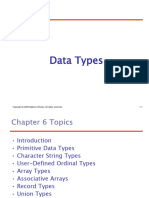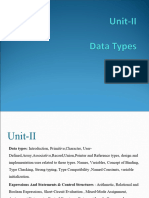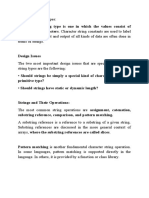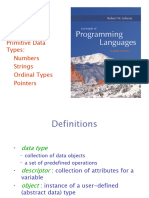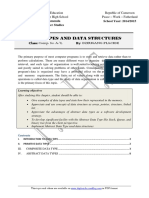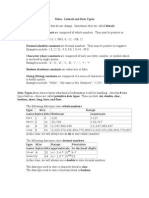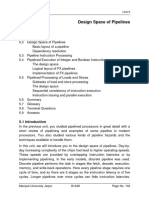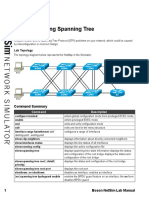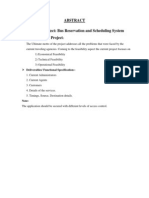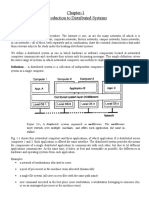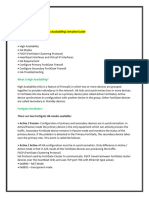0% found this document useful (0 votes)
99 views46 pagesProgramming Data Types Guide
The document discusses different data types including primitive data types like integers, floats, booleans, characters, and strings. It covers numeric types like integers and floats in Java and describes design considerations for types like enumeration, arrays, and strings. Array indexing and implementation of different categories of arrays are explained.
Uploaded by
Md. Amdadul BariCopyright
© © All Rights Reserved
We take content rights seriously. If you suspect this is your content, claim it here.
Available Formats
Download as PDF, TXT or read online on Scribd
0% found this document useful (0 votes)
99 views46 pagesProgramming Data Types Guide
The document discusses different data types including primitive data types like integers, floats, booleans, characters, and strings. It covers numeric types like integers and floats in Java and describes design considerations for types like enumeration, arrays, and strings. Array indexing and implementation of different categories of arrays are explained.
Uploaded by
Md. Amdadul BariCopyright
© © All Rights Reserved
We take content rights seriously. If you suspect this is your content, claim it here.
Available Formats
Download as PDF, TXT or read online on Scribd
/ 46















